Antigone is you is me: Q&A with artist Alexandra Grant
Two weeks, one room, over 400 girls and a whole lot of paint: welcome to the Eastern Star Gallery’s newest installation, inspired by Greek mythology and featuring hundreds of collaborators.
The project, entitled “Antigone is you is me,” was brought to Archer by artist Alexandra Grant, but she is far from its only creator. Grant invited the entire Archer community to participate in its design — for two weeks, anyone on campus could wander into the space, pick up a pen or a paintbrush and add their own element to the massive piece of art.
The final product spanned every wall in the gallery and popped in technicolor, though in the beginning, the paper it was made on appeared only as a blank white slate spotted with pink Post-It notes. The notes contained significant phrases from a story Grant wrote herself, along with her sister — a story based on the myth of Antigone. Contributors to the piece then drew, painted and collaged depictions of the notes’ messages.
By the end of the work period, the blank paper had become a vibrant visual story told by about 90 percent of Archer’s community, according to Grant. The Oracle sat down with Grant to discuss the communal artwork and the lasting legacy of Antigone.
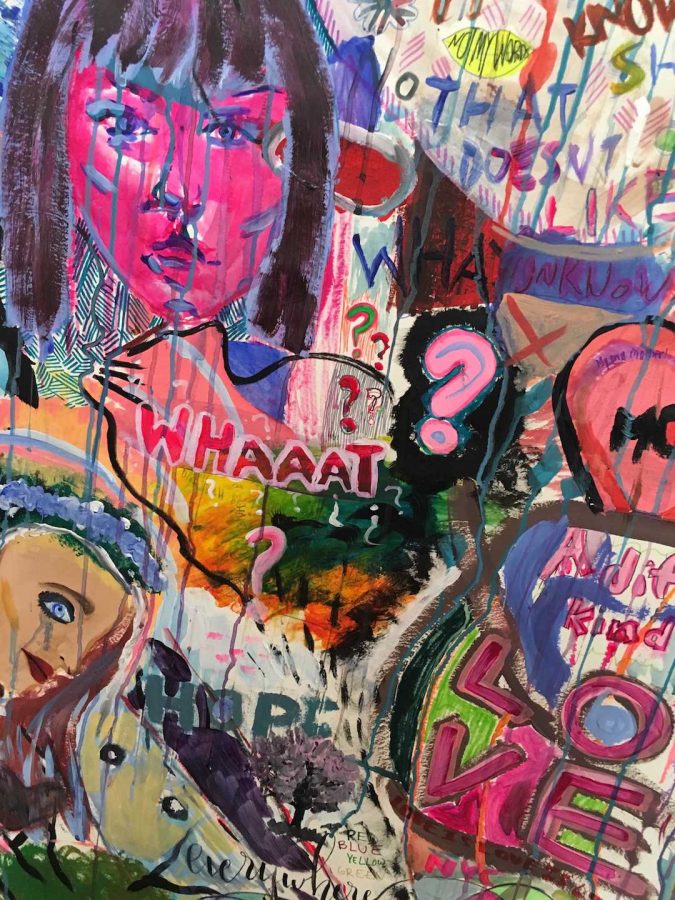
A section of the artwork featured in the Eastern Star Gallery. According to Grant, over 90 percent of Archer’s community contributed to its creation.
Tell me about the project.
I’ve been working in my own studio on the myth of Antigone [since] about 2013 and I’m really interested in this idea that a young girl can be the one who stands up to power. In the myth, her uncle is the king and won’t let her brother be buried and so she really stands up to the power and says, my favorite phrase, [which] is, ‘I was born to love not to hate.’
I’m a painter who’s interested in writing. The myth of Antigone is a long play so I thought, ‘Okay, lets have a version of Antigone that’s from the perspective of Antigone as a teenage girl here in LA,’ because everyone here would be able to relate to that. So I started a draft and my sister, Florence, is a professional editor — I sent her a version and I said ‘Look, would you collaborate with me on this?’ And I think because we were writing the story of Antigone and her sister Ismene, an older sister and a younger sister, that Florence and I were really able to have fun with that, because we’re six years apart.
I had a lot of questions for her. This myth is so full; there’s death and there’s suicide and there’s incest and there’s all of this really horrible stuff. I said, ‘Is that OK?’ And she said, ‘You know, girls can handle anything.’ I didn’t know until Diversity Day that the myth of Antigone is something that’s read in 6th grade here at Archer. So it’s always wonderful when you’re a creator and all these sort of stars align.
This, as far as I know, is the first communal project that we’ve had in the Eastern Star Gallery. It’s definitely something that’s very new to us. What do you think is the value in that?
As an artist, I have my studio practice where I make paintings and I display them with my name on them, but I also really love to do participatory projects that explore how to be inclusive. Not just with words, not just as a political speech, but really: how do you do it?
Part of this project has been a hospitality project, it’s about saying, ‘Welcome! Everyone’s welcome
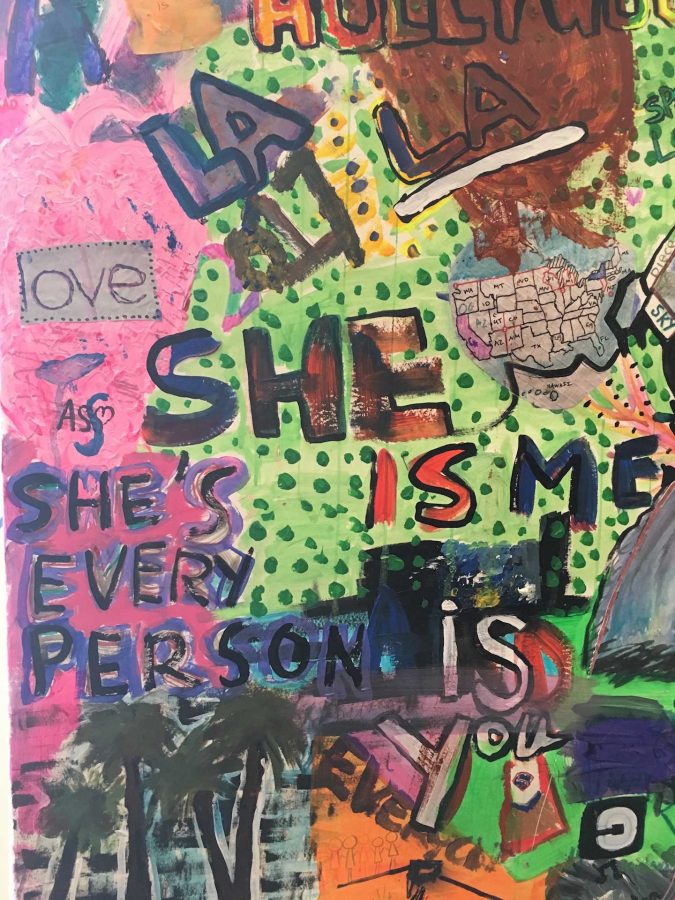
here. Do you need to know how to draw? No!’ The anonymity provides that ability to explore and try new things, and part of it really was about just making your mark There’s one whole voice, which is the Archer community, in the gallery. It’s not about any single ego or any single person or one artist being better, it’s about what happens when all of our voices collectively come together.
This is my fourth large scale project like this; I’ve done two in LA, one in Guatemala City and one in Paris. Those were with communities of artists and open to the general public, so mostly with adults, but people of all ages. The first day there’s this huge expanse of white paper, covered with all these key words on Post-It notes, and people are a little bit incredulous, like, ‘I don’t really know how this is gonna work — Okay, I’ll accept your challenge.’ By day three people are like, ‘This is cool, but how is this gonna come together?’
That was going to be my next question. How have you seen it progress?
There’s one whole voice, which is the Archer community, in the gallery. It’s not about any single ego or any single person or one artist being better, it’s about what happens when all of our voices collectively come together.
Time is a huge thing, obviously. We’ve been drawing for probably just over a week and a half and it really is [about] the dedication and creating an environment where people feel that they can express themselves. [Eventually,] the opposite thing happens where it almost gets too full.
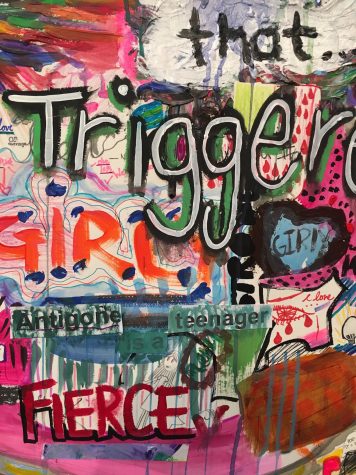
A close-up image of one small area in the piece. Everyone in the Archer community was invited to add on to the artwork.
Even here, it’s that question of how do you add or touch onto someone else’s drawing? And what happens if a huge mess ensues? Do you clean it up or do you leave it? I think it really becomes this sort of democratic negotiation where you have to be careful about someone else’s participation. You have these ideas of beauty either dancing really well or colliding with each other.
And one of the things about this drawing that’s very different from other ones that I’ve worked on is [that] if you had a magnifying glass, [you could find] so many little, tiny messages. People did things that were so secretive, almost, and quite brave, but at a very small scale. So [the question] was, how do we protect those tiny moments?
Do you have any favorite moments or experiences that you’ve seen come out of this project?
There was one day that almost 100 people came through the gallery to work, and I thought that’s really extraordinary— to have that many people having a great experience. When we’re self-conscious, it’s not the best place to be creative from. So seeing people let go of their self consciousness and just really have fun and express themselves — that’s been such a joy.
On a personal level, there was a student who turned to me and said, ‘This is my favorite version of Antigone I’ve ever read, because it comes from the teenage girl’s perspective.’ I thought, ‘What a huge compliment for me,’ that somehow we were able to capture something that everyone can relate to. Because frankly, I’m just a teenage girl inside, too.
Do you think you’ll ever collaborate with Archer again?
When we’re self-conscious, it’s not the best place to be creative from. So seeing people let go of their self consciousness and just really have fun and express themselves — that’s been such a joy.
I would be honored to— are you kidding? What I’d love to do is find a way to maybe take good photos of the piece and make a booklet, so people could have a copy.
It’s funny to be part of something that’s become so vital. When you’re making things, the best thing as a maker is to see someone else take ownership [of] it and feel really proud of their contribution.
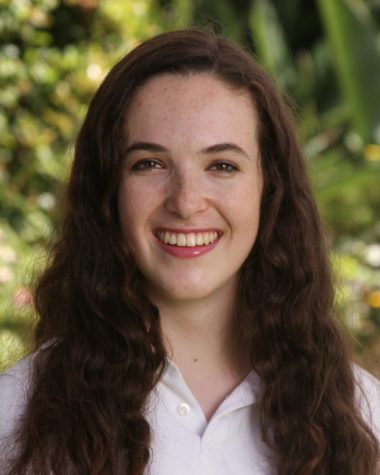
Eloise Rollins-Fife joined the Oracle staff in 2015 and was promoted to co-Voices editor in 2016. She became the Managing/News & Features Editor for...
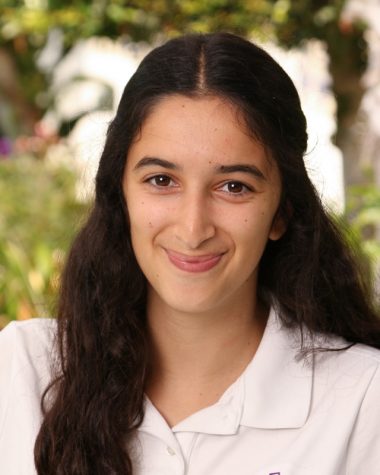
Nelly Rouzroch joined the Oracle Staff during the 2015 year and became the new Multimedia Editor in 2016. She attended Ignite Journalism University in...
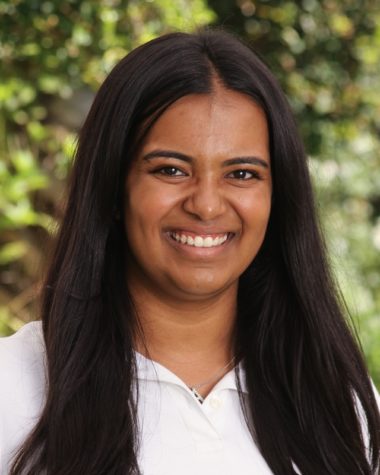
Anika Bhavnani became a member of the Oracle staff in 2015. She was promoted to co-Voices editor in 2016 and was promoted to editor-in-chief for the 2016-2017...





![Freshman Milan Earl and sophomore Lucy Kaplan sit with their grandparents at Archer’s annual Grandparents and Special Friends Day Friday, March 15. The event took place over three 75-minute sessions. “[I hope my grandparents] gain an understanding about what I do, Kaplan said, because I know they ask a lot of questions and can sort of see what I do in school and what the experience is like to be here.](https://archeroracle.org/wp-content/uploads/2024/03/grandparents-day-option-2-1200x800.jpg)















































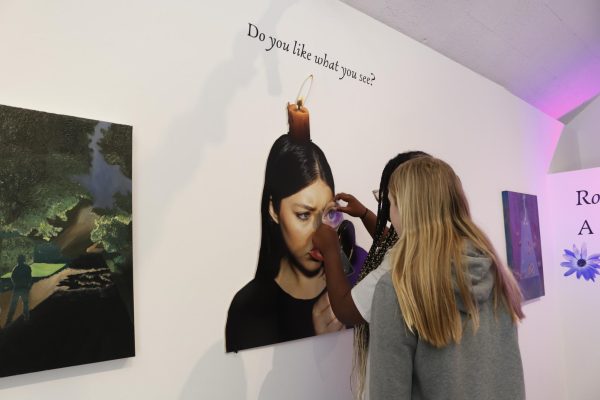


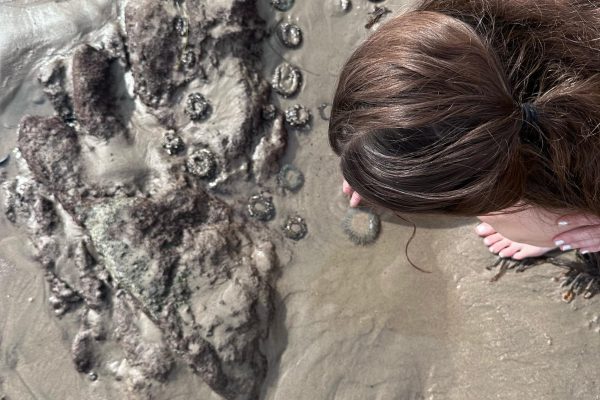

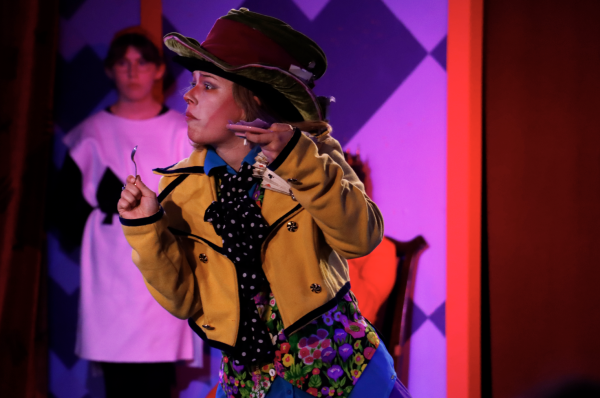
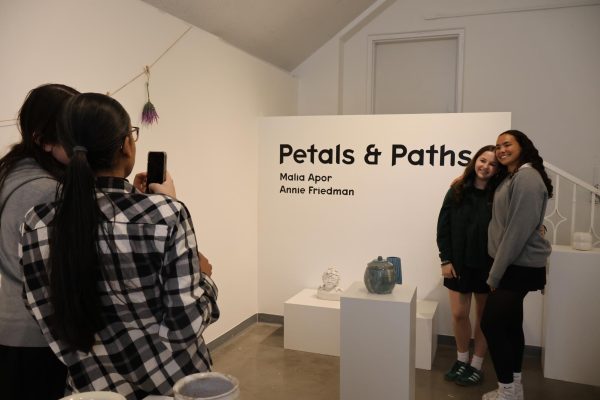
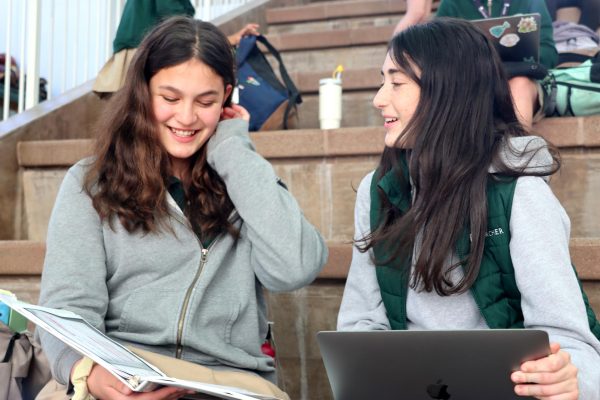
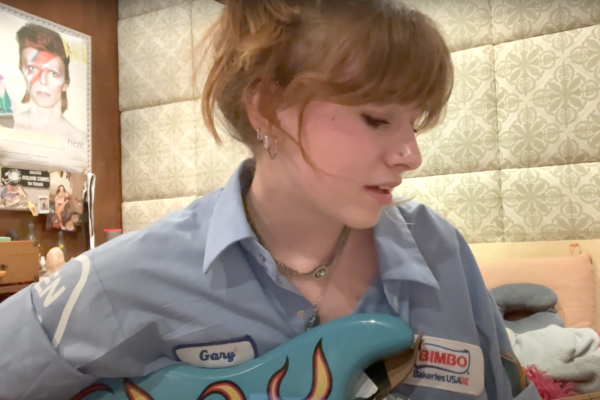
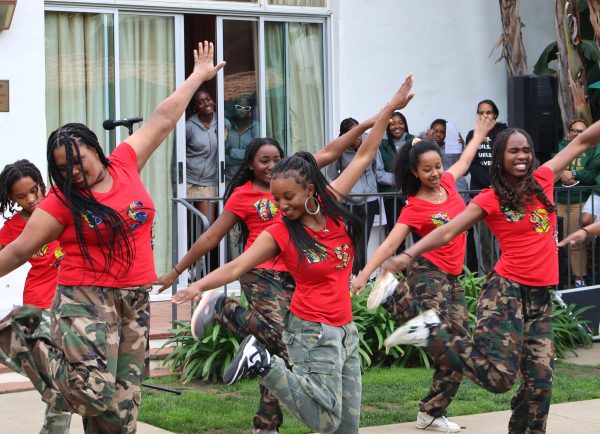
August • Mar 20, 2022 at 11:13 pm
Honestly, Im not seeing “talent” or anything evoking any feelings. Thus third rate at best. Her faces are like a teenage irl would draw, the rest is Collage Art 101.
Cat Oriel • Feb 14, 2017 at 12:43 am
Thank you for giving us more background information about this amazing project! I love that quote too: “I was born to love not to hate.”
Alexandra Chang • Feb 13, 2017 at 11:55 am
Eloise, this is such a great addition to the culture section. I loved reading this interview! Amazing work.